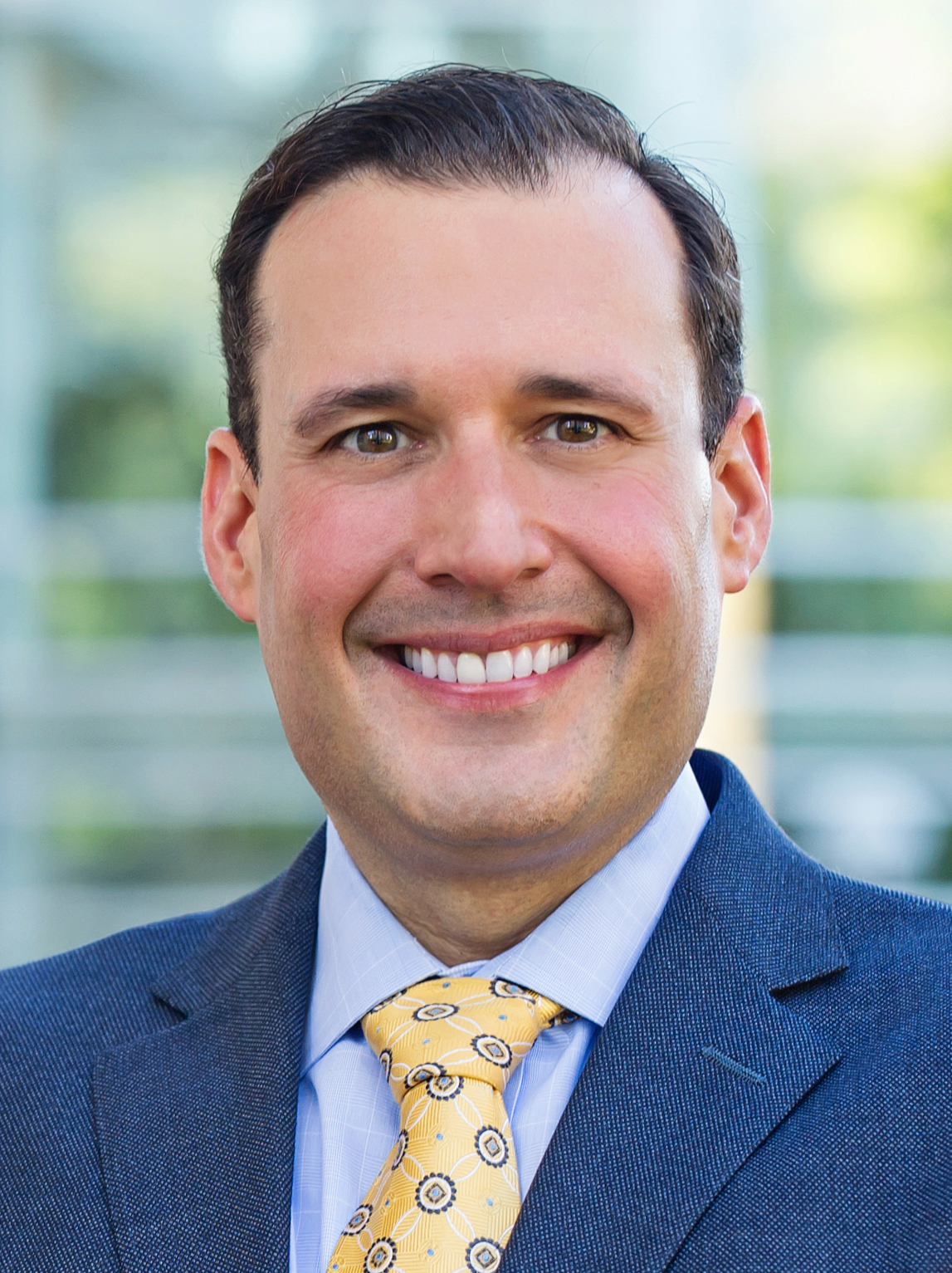

Now more than ever, savvy company leaders know that workers who are well in all aspects of their lives are healthier, more engaged and more productive, which leads to more loyal and satisfied customers.
Living and working during a pandemic, coupled with increased stress levels in a demanding and time-compressed world, has prompted many companies to turn to wellness programs to stem rising costs and to prevent, delay or manage chronic or debilitating health conditions among their employees.
Many employers have instituted corporate wellness and well-being programs since Johnson & Johnson launched its pioneering “Live for Life” initiative in 1979. Among large companies (those with 200 or more employees), 81 percent offered some type of workplace wellness program in 2020, up from 70 percent in 2008, according to findings from the 2020 Employer Health Benefit Survey by Kaiser Family Foundation.
The pioneering health improvement initiative was aimed at encouraging a healthy lifestyle among employees. As I talk with business leaders about how they shape innovation at their companies, the conversation often gravitates toward people—and especially wellness initiatives. For example, The Robert Wood Johnson Foundation believes that business plays a key role in shaping American culture and scaling innovative ideas. The foundation recently teamed up with experts at the Harvard T.H. Chan School of Public Health and Harvard Business School to launch a course titled Improving Your Business Through a Culture of Health.
Forward-thinking companies such as Deloitte, a global consultancy, and Kirkland & Ellis LLP, a national law firm, have appointed well-being leaders in recent years. These individuals are charged with stewarding the important efforts around health, wellness and work for their organizations. They know that wellness is about helping their people live the best lives possible—mentally, physically and professionally. Wellness programs are successful in organizations that:
- Acknowledge wellness is an individual and institutional journey.
- Measure success both individually and institutionally.
- Understand the need for ongoing efforts that include many thoughtful, methodical and well-communicated actions.
For employees to reach their maximum engagement and productivity, enterprise leaders must lead by example and provide the necessary expertise, tools, support and encouragement so that functional leaders can provide wellness resources locally.
Companies often start by implementing individual programs around tobacco cessation, gym memberships, and healthier food and drink options in their cafeterias. More-evolved organizations introduce additional offerings, such as enhanced parental-leave policies, personal-energy management courses, mindfulness seminars and pet-friendly workplaces, to promote a more holistic and integrated approach to wellness.
Indeed, research suggests that wellness programs focused only on physical health don’t produce better health outcomes or reduce spending over the long term. Gallup research indicates that a focus on five elements of well-being—career, social, financial, physical and community—allows people to thrive.
For wellness programs to be even more successful in a future filled with uncertainty and opportunity, they must be treated as more than a series of benefits. They must be part of companies’ overall decision-making and instilled into corporate cultures. Ultimately, each organization will define its own commitment to well-being by aligning its approach and actions with its culture, strategy and market position.
Joseph E. Fournier, J.D., is a past president of InveniasPartners, a Chicago-based executive search and talent advisory company that focuses on health care providers.

Over-medicalized wellness programs mostly benefit the program vendors to the tune of billions of dollars a year.
 The typical pitch for a workplace wellness program goes like this: “One heart attack can easily cost $50,000 in medical expenses. We know that heart attacks are caused by poor diet, smoking and lack of exercise, which our program addresses. Thus, it pays for itself and then some.
The typical pitch for a workplace wellness program goes like this: “One heart attack can easily cost $50,000 in medical expenses. We know that heart attacks are caused by poor diet, smoking and lack of exercise, which our program addresses. Thus, it pays for itself and then some.
“If your employee spent more time on the treadmill and lost a few pounds, his risk of a heart attack would be cut in half,” the pitch continues. “No wonder every employer wants our program!”
The problem is that it’s more complicated than that. An employee’s absolute risk of a major cardiovascular event may be about 2 percent over the next 10 years. With a healthier lifestyle, it would be cut in half to 1 percent. This means 100 of his peers will need to participate in an effective program over 10 years to avoid one case. Epidemiologists refer to the 100 peers as the “number needed to treat.” (For the mathematically minded, it’s the inverse of the absolute risk reduction.) For relatively rare events, such as heart attacks in the working-age population, the number is large and so the cost-per-case-avoided is high.
Empirical data from research that wasn’t sponsored by program vendors confirms the problem. The federal government funded RAND’s Workplace Wellness Programs Study, on which I worked. It included almost 600,000 employees at seven employers and showed that wellness programs had little, if any, effect on health care costs.
Our study of PepsiCo’s lifestyle management program over seven years found no return on investment in terms of medical and absenteeism costs. Interestingly, the study also showed that supporting employees with chronic conditions does save money, as we are managing a population with higher absolute event risks.
The most convincing evidence comes from a recently published randomized trial led by University of Chicago economist Katherine Baicker, Ph.D. She is the same Dr. Baicker who published the methodologically questionable 2010 analysis that claimed a return on investment of 3-to-1 for workplace wellness initiatives. The trial results showed “no significant differences in other self-reported health and behaviors; clinical markers of health; health care spending or utilization; or absenteeism, tenure, or job performance after 18 months.”
These findings don’t mean that the concept of workplace wellness is a bad idea. Employers have plenty of low-cost or no-cost options to promote healthier lifestyles. For instance, they can change cafeteria menus, provide formal and informal exercise opportunities, link staff to community resources, and educate workers about healthy living.
However, over-medicalized programs, which nudge or force employees to undergo screenings well beyond the U.S. Preventive Services Task Force recommendations, mostly benefit the program vendors to the tune of several billion dollars a year.
To me, this is not even the most troubling aspect. The biggest problem is that employers embracing wellness as a tool to reduce costs may come to dangerous conclusions when their expectations don’t materialize. Vendors and benefits consultants frequently argue that programs would be effective if staff had “skin in the game” and participated more enthusiastically. The path to “engagement” is usually incentives for program participation or even target attainment.
With unhealthy lifestyles and poor health more frequent in lower socioeconomic strata, such incentives, especially if they go beyond token amounts, shift costs to the most vulnerable employees. And that is not responsible stewardship.
Soeren Mattke, M.D., D.Sc., is a professor of economics and director of the Center for Improving Chronic Illness Care at the University of Southern California in Los Angeles.
Advertisement
An organization run by AI is not a futuristic concept. Such technology is already a part of many workplaces and will continue to shape the labor market and HR. Here's how employers and employees can successfully manage generative AI and other AI-powered systems.
Advertisement


